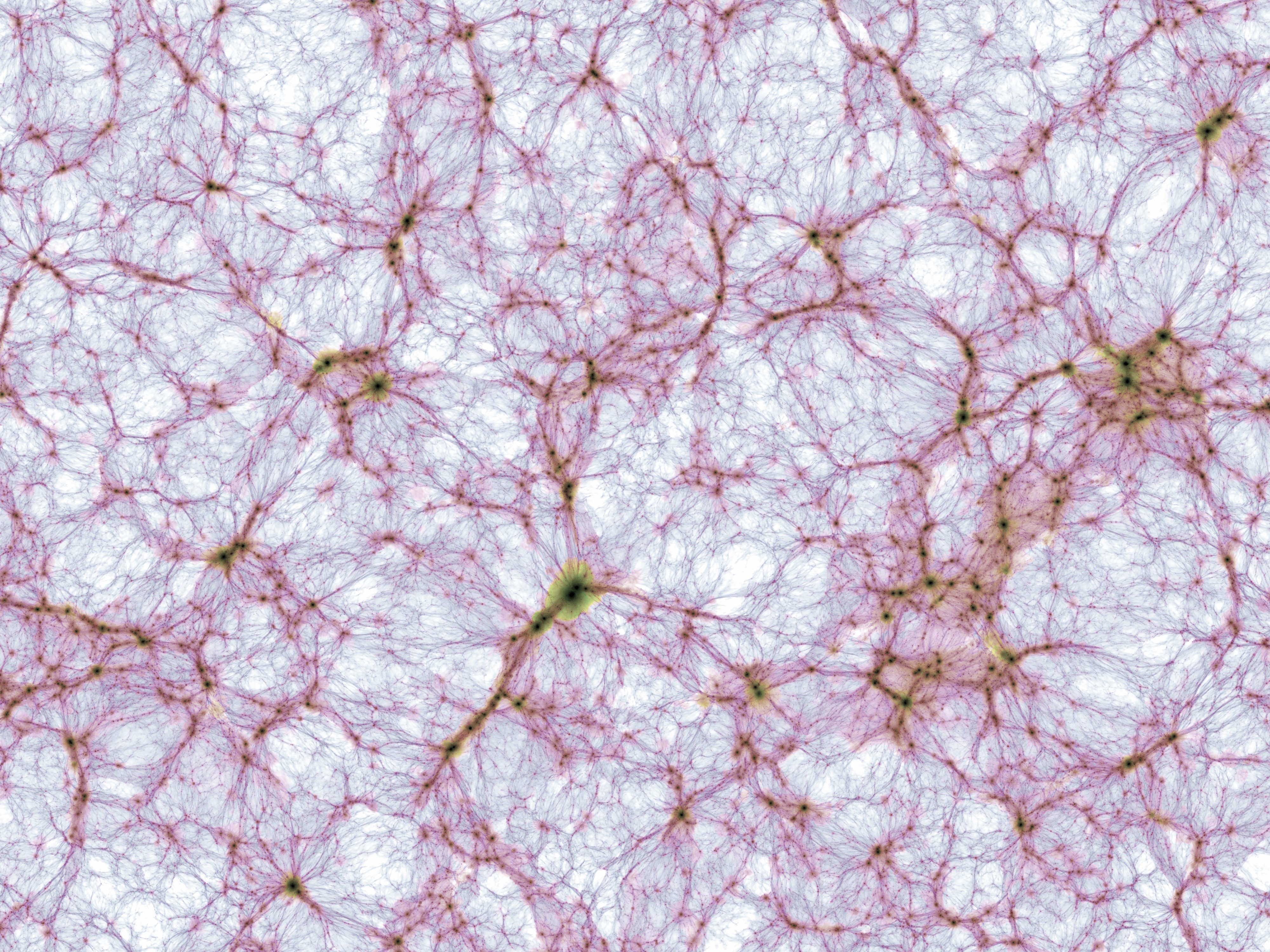The center of the Solar System is the Sun, but for our ancestors, it wasn’t obvious. First, because the planets and the Sun itself appeared to be moving to please our needs. Thanks to careful study by Nicolaus Copernicus and Johannes Kepler, we know it was actually us and the other planets moving around the Sun and the star lies at the center of the solar system.
Then, with patience and better telescopes, our understanding improved. We realized that we’re in a galaxy, and this galaxy has a center — a supermassive black hole. That one was a bit tougher. But our galaxy is also just one of many galaxies in the universe. When you put it all together, the entire universe, everything that there is here, does that have a center?
According to our current understanding of cosmology, the Big Bang and universal expansion, the universe doesn’t have a center — it expands equally everywhere. If that’s hard to wrap your head around, well, let’s take it step by step.

A bang that wasn’t actually a bang, but it was big
Our current understanding of the universe is guided by the Big Bang Theory. According to the theory, our universe is currently expanding, and it emerged from a single point of infinite density and temperature, which we call a singularity (but this isn’t the center of the universe). Much of what we know about the evolution of the universe comes from something called Cosmic Microwave Background.
Our universe went through different ‘moods’. First, a sudden accelerated expansion (called inflation). Then there was a period of highly ionized particles bumping into each other and scattering photons. With time the expansion made that material cooler and matter became a bunch of neutral atoms. The last frenetic photons from the ionized phase were free to travel the universe once neutrality was achieved. Their light is detected today because they travel at the speed of light — this is the microwave radiation mentioned before, currently called the Cosmic Microwave Background (CMB).
The CMB is the relic that we can observe today to understand the structure of the universe. The Planck Satellite mission observed, with high precision, those CMB photons and concluded the universe is nearly the same on large scales.
A famous ‘picture’ of the baby universe comes from those observations. It looks like a map of all the CMB photons we could detect and displays temperature as a color spectrum ranging from 0.0003 to -0.0003 Kelvin. This means that the universe is nearly the same wherever you are in it.
No privileged place
This very homogeneous image of the early universe is proof of two things we discussed. First, that the ‘bang’ was not triggered by something, and second, if there is no point of origin for an explosion, there is no center of the universe, no privileged spot.
There is another important characteristic of the universe, it does not indicate any relevant direction. In fancy words, the universe is isotropic in the big picture, meaning it doesn’t have a preferred direction. Roads are not isotropic, you have to be going in a direction, a sink is not isotropic, the water moves to the drain.
An easy way to think about how scale affects this is to think about wind on our planet. Wind can seem to go in any direction on small scales, like on an ordinary day in the city or during a localized storm. But over a larger area, the wind around our planet actually goes in specific directions depending on your latitude. Between 30ºN and 30ºS, the wind goes from east to west, for example.
An isotropic universe does not have a preferred direction. We are not expanding towards a specific point, and we are not expanding away from a certain place. Again, there is no center to the Universe according to the Big Bang Theory.
The cosmic web
So what does the universe look like as a whole? Dark matter helped to shape the universe into a structure of galaxy clusters, interconnected in filaments and separated by voids. The overall structure is called the cosmic web, which is a connection of filaments that are equally spaced because of the universe’s homogeneity.
Computer simulations have given us an idea of how it looks. Because it is not possible to simulate the whole universe, the simulations are basically boxes of possible universes. The image below shows the cosmic web from the IllustrisTNG simulation, the white areas are the voids between the filaments.

From the Big Bang theory and our best observations, it follows that the universe simply does not have a center. It is homogeneous and isotropic, proven with evidence of the CMB. We are not the center of the universe, and as far as we know, nothing is.






